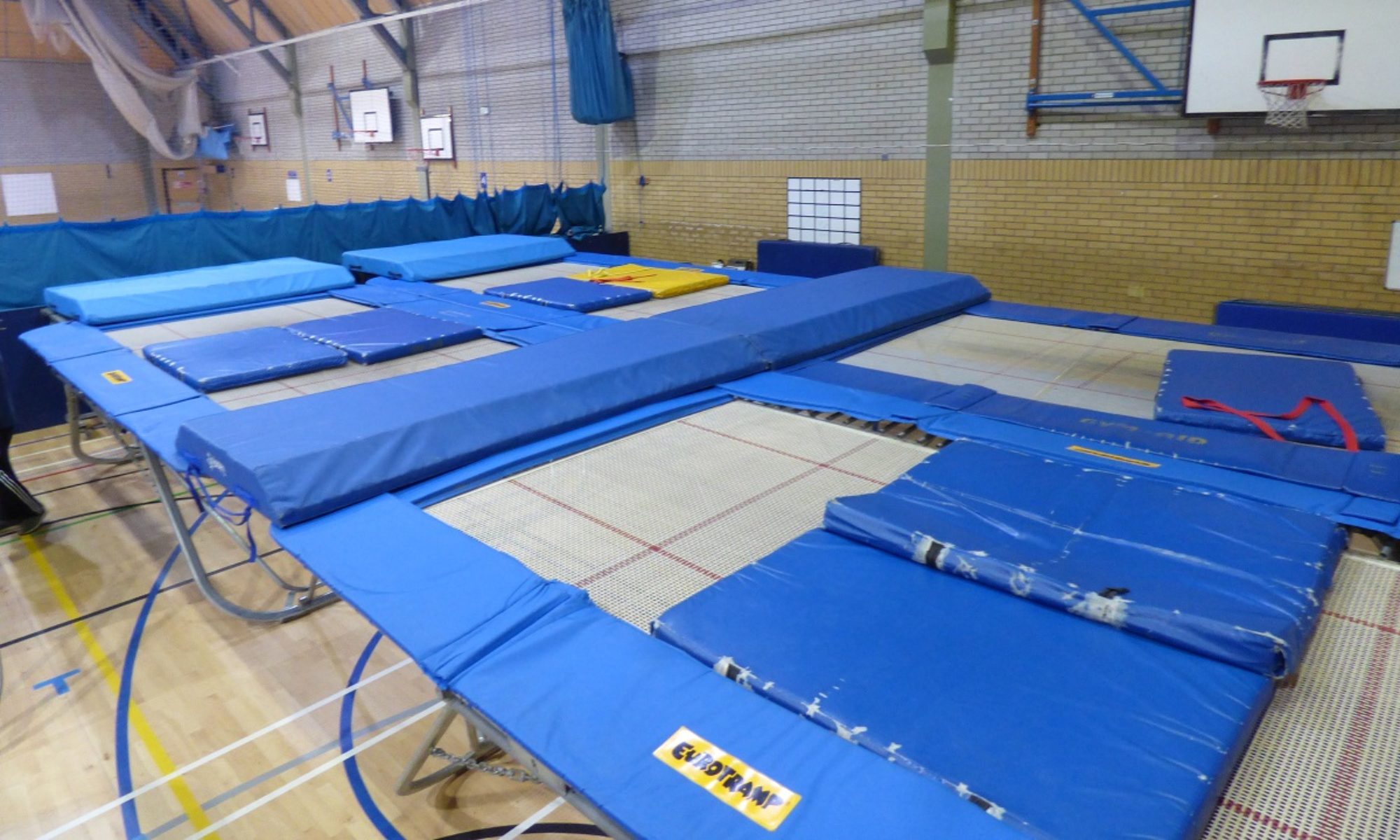The ABC of Routine Performance Planning
My last three articles promoted the importance of teaching young trampolinists to achieve “top” in preferences to fast rotation. I now intend to explain how this principle can be developed into the performance of competition routines whilst accepting the reality that as skill difficulty increases, certain compromises have to be made. The reader will recall that I used the “chimney” concept (a 3D projections based on a circle drawn around the cross). (Fig 1)
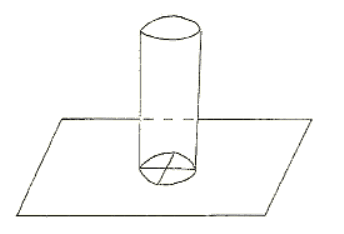
In a competition situation the performer is permitted to land without deduction anywhere within the “metre box”. This can also be visualised in 3D form. (Fig 2)
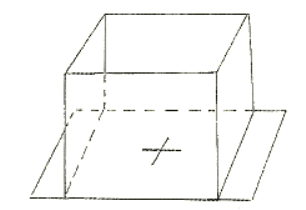
Whilst performing within this box, the judges make no deduction for travel so why should I be urging coaches to make life more difficult by the restrictive imposition of the narrow “chimney” concept? It is impossible to travel from one end of the box to the other without losing height, and experienced coaches know that this will almost certainly be accompanied by breaks in form. Because judges also make deductions for loss of height and form breaks, if your performer travels the length of the box they are still in line for a significant deduction. As the “metre box” provides a generous allowance, travel from the middle to the end is also likely to be accompanied by height loss and breaks in form. In some cases the form break or serious height loss may not appear until a subsequent move, due to the pressurising effect of the initial travel, but it still makes a strong case for restricting travel and hitting the top whenever possible.
So if the chimney is the ideal but too restrictive for high difficulty routines, and the metre box is too generous, we need to develop a compromise. This takes the form of an expanded chimney as shown in Fig 3.
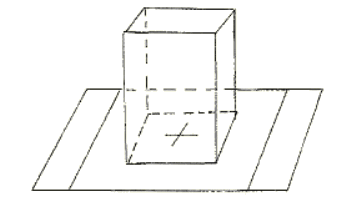
The trampolinist is now working within vertical airspace projected above an oblong base. More of this later, but first let me return to how I would use the chimney to map a competition routine.
Routines involving single somersaults, jumps and body landings can still be performed within the chimney and reach its top on all but the body landings which will of course cause some height loss. The intended routine should be planned and a routine map created in consultation with the gymnast. The designated working area is divided into three distinct points. (Fig 4).
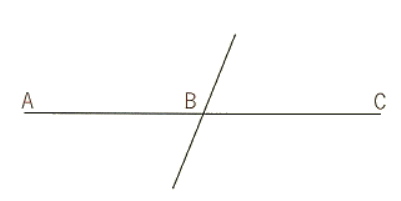
The following familiar routine can be mapped as shown:
- Back S/S (T) B-B
- Straddle Jump B-B
- Seat Drop B-B
- Half Twist to Seat B-B
- Half Twist to Feet B-B
- Piked Jump B-B
- Back Drop B-B
- Half Twist to Feet B-C
- Tucked Jump C-C
- Front S/S (T) C-B
There is no need to travel away from the centre of the chimney or to lose top on any skill until the back drop half twist to feet. Here a little tolerance is helpful in setting up a finish exactly in the centre. Different competitors may create a different map for the same routine depending on their abilities and weaknesses, but I have shown one possible solution.
If the difficulty of the routine increases there may be a need to create a more flexible map, for example:
- Back S/S (S) B-A
- Barani (S) A-B
- Back S/S (T) B-B
- Straddle Jump B-B
- Back S/S (P) B-C
- Barani (T) C-B
- Back S/S to Seat B-B
- Half Twist to Feet B-B
- Tucked Jump B-B
- Front S/S (P) B-B
Clearly these maps are not prescriptive and need to be developed with the performers particular abilities and preferences in mind. There will also be a period of trial and error before settling on the final plan. The principle is to take advantage of small amounts of helpful travel, while keeping the routine central, and each skill hitting the top of the chimney. (Body landings excepted).
As the difficulty increases to include double somersaults and somersaults with multiple twist, the tolerance may have to be increased and this is where we can adopt the expanded chimney model shown in Fig 3. The floor plan will be similar to the previous examples but with points A and C further apart. (Fig 5)

The limits of the expanded chimney can be marked on the frame pads using coloured sticky tape.
- Half Out (P) A-B
- Half In Half out B-C
- Half Out (T) C-B
- Double Back (T) B-A
- Barani (S) A-B
- Full B-C
- Rudolph C-B
- Double Full B-A
- One & Three quarter Front (P) A-A
- Rudolph Ball Out A-B
It is a very productive exercise for the trampolinist to write a map of their routine as in the examples shown, and to train the routine in segments, trying to consistently hit the appropriate target area on each skill. It is most unlikely that accuracy will be achieved beyond three or four contacts without a great deal of practice, but the map gives a picture of the ideal scenario and, as such, provides a clear set of objectives for the trampolinist. During this type of training, the performer must also learn how to deal with skills which do not hit the target area and make the necessary adjustments to get the routine back on track.
Use this type of training whilst bearing the following sayings in mind. “No battle plan ever survives the first contact with the enemy!” and most importantly “If you fail to plan, you plan to fail!”
© Jack Kelly
